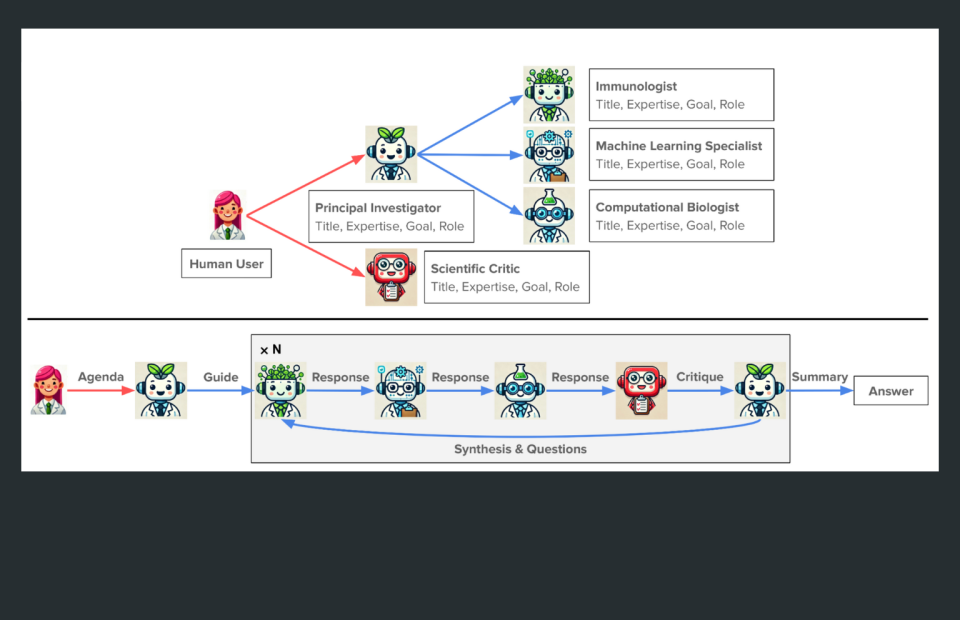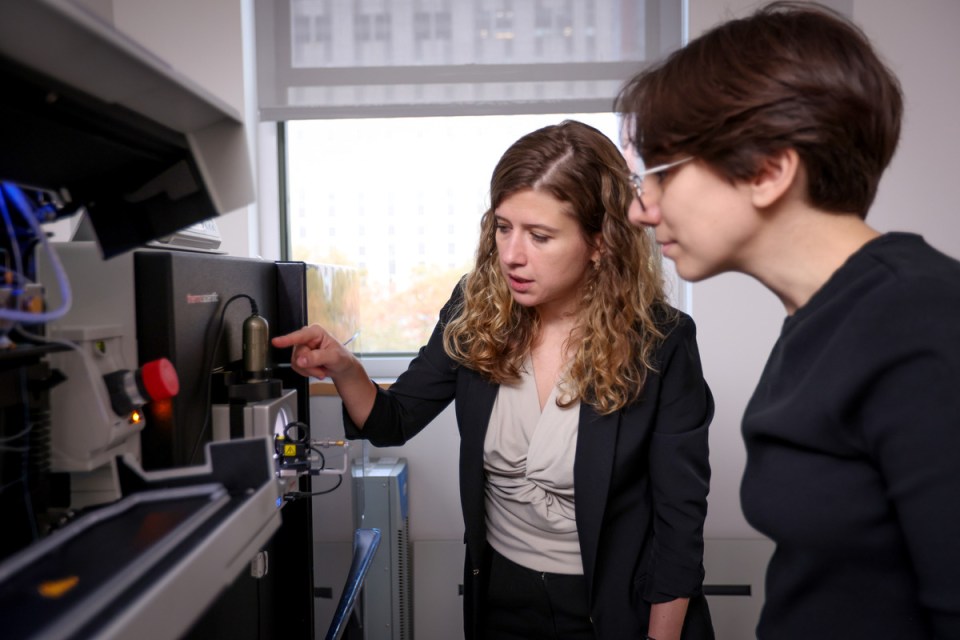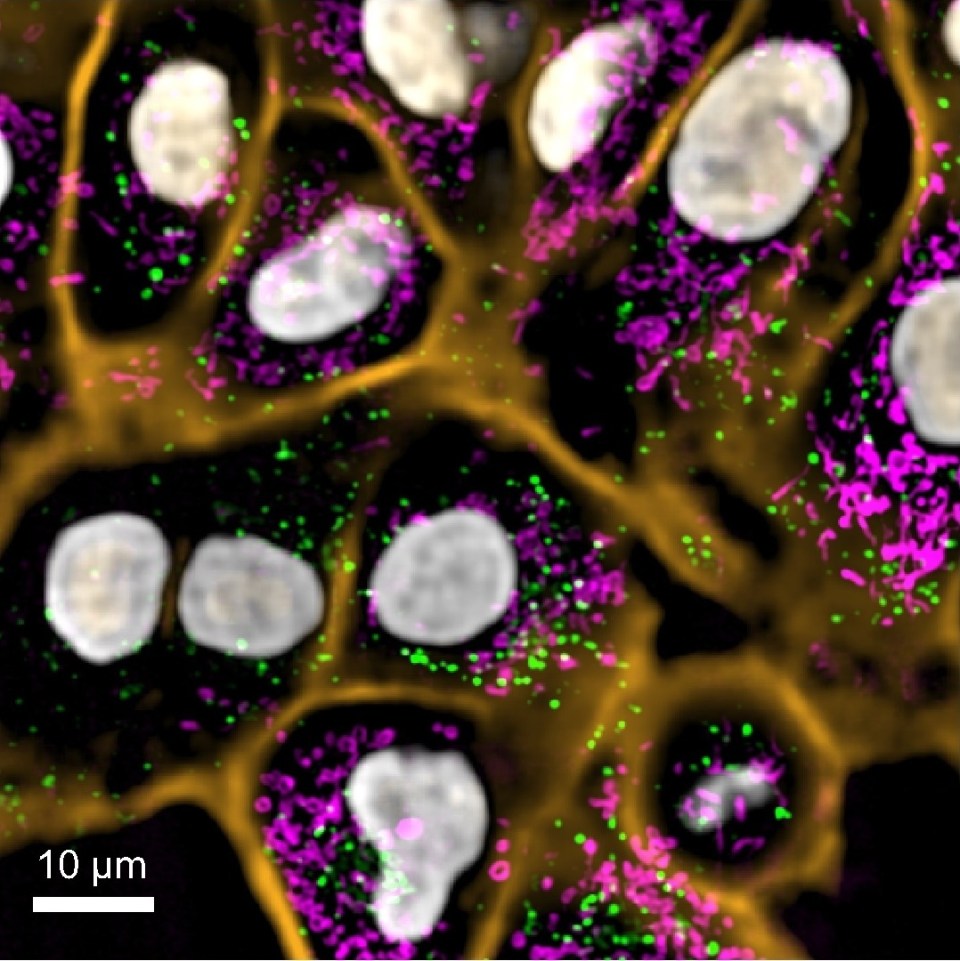Pete Farley
Director of Communications
The Chan Zuckerberg Initiative’s latest AI model, GREmLN, is among a family of biomodels designed to predict and understand how cells work in support of the organization’s mission to help cure, prevent, and manage all disease

Today, the Chan Zuckerberg Initiative (CZI) announced its latest AI model aimed at helping researchers better understand how cells behave by focusing on the key networks that control cell behavior, making complex biological problems, like cancer, easier to solve.
The model, GREmLN (Gene Regulatory Embedding-based Large Neural model), is a milestone in CZI’s grand challenge to build a family of AI biomodels that predict and understand how cells work at every level — from molecules to entire biological systems — and help scientists cure, prevent, and manage all disease. GREmLN is designed to help researchers identify how the genes of a cell work together — and what can make them go awry, giving way to diseases such as cancer or neurodegeneration.
“GREmLN is a novel approach to understanding how cells make decisions and, just as importantly, how those decisions go wrong in diseases like cancer,” said Andrea Califano, president of the Chan Zuckerberg Biohub New York and Clyde and Helen Wu professor of chemical and systems biology at Columbia University Vagelos College of Physicians and Surgeons. “Our model provides an approach, grounded in biology, to leverage AI for deriving new insights into health and disease. This model doesn’t try to reshape biology to fit AI, it reshapes AI to fit biology.”
Unlike most AI models, GREmLN focuses on the “molecular logic” that defines how genes interact and influence each other, similar to a conversation inside the cell. It will give scientists a way to track the critical changes that pinpoint the earliest signs of disease and the possible targets for new treatments.
GREmLN is trained on more than 11 million data points from Chan Zuckerberg CellxGene, a tool used by thousands of scientists every week to help make discoveries faster by exploring and comparing data from individual cells that span tissues like the brain, lung, kidney, and blood.
Soon the model will be scaled up to help address critical biological and medical questions, so that researchers may detect the early signs of a cell turning cancerous or of a neuron starting to accrue damage — before these changes become irreversible.
“Understanding cellular behavior means understanding the network of conversations happening inside every cell,” said Theofanis Karaletsos, senior director of AI at CZI. “GREmLN captures that complexity in a way we’ve never been able to before. It’s a step toward building systems that help us simulate and predict the behavior of cells.”
In the future, GREmLN could power a wide range of research applications, from blocking the ability of cancer cells to evade therapy to preventing inflammation from producing irreversible damage to our brain cells. It could also help researchers predict how cells will react to new drugs and eventually dramatically increase the success of those drugs in clinical trials. Ultimately, GREmLN is part of a new wave of AI tools designed to help scientists understand the complex logic of life itself.
GREmLN joins a suite of biomodels built by CZI and its Biohubs, including the recently released TranscriptFormer, the first generative AI model to bring together datasets of different species at scale with the goal of helping researchers explore how cells work. Both models have broad applications for biomedical research, disease diagnosis and therapeutic development. The models are part of the organization’s virtual cell platform, which is open and accessible to the global scientific community. Researchers can access GREmLN on the platform, including a quick start tutorial; the codebase on GitHub; and the preprint on bioRxiv. Read more in our blog about GREmLN.
# # #
About the Chan Zuckerberg Biohub Network
The Chan Zuckerberg Biohub Network is a group of nonprofit research institutes that bring together scientists, engineers, and physicians with the goal of pursuing grand scientific challenges on 10- to 15-year time horizons. The CZ Biohub Network focuses on understanding underlying mechanisms of disease and developing new technologies that will lead to actionable diagnostics and effective therapies. To learn more, visit www.czbiohub.org.
About the Chan Zuckerberg Initiative
The Chan Zuckerberg Initiative was founded in 2015 to help solve some of society’s toughest challenges — from eradicating disease and improving education, to addressing the needs of our local communities. Our mission is to build a better future for everyone. For more information, please visit chanzuckerberg.com.com and www.czbiohub.org.
Stay up-to-date on the latest news, publications, competitions, and stories from CZ Biohub.
Marketing cookies are required to access this form.
 News Releases
News Releases
In Virtual Lab project, CZ Biohub San Francisco researchers and collaborators assemble team of interdisciplinary AI agents that can solve complex research ...
 News Releases
News Releases
Nine researchers receive unrestricted funding for projects to harness the immune system to detect disease and monitor ...
 News Releases
News Releases
The CZ Biohub San Francisco and CZ Imaging Institute will join together to develop novel imaging technologies that provide entirely new insights into human ...
Stay up-to-date on the latest news, publications, competitions, and stories from CZ Biohub.
Cookies and JavaScript are required to access this form.